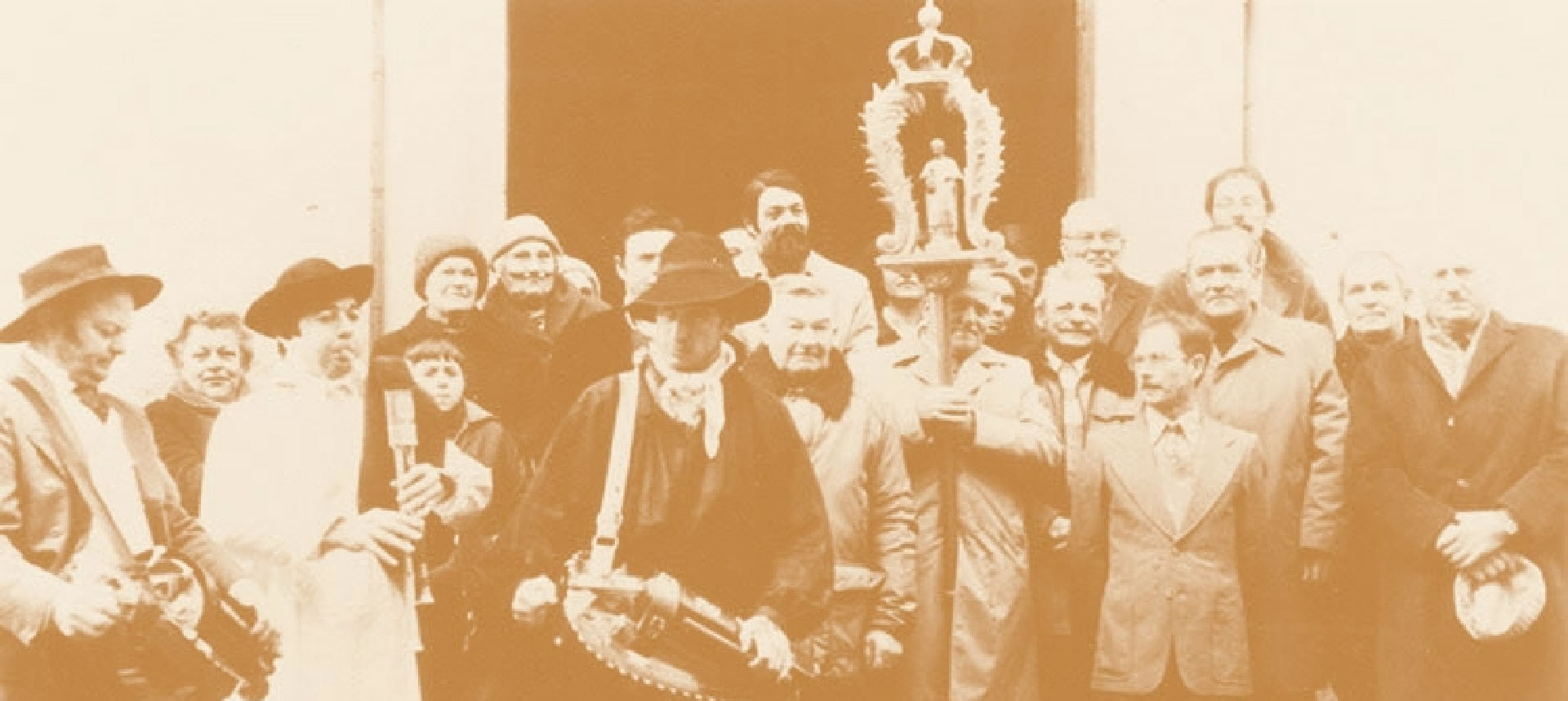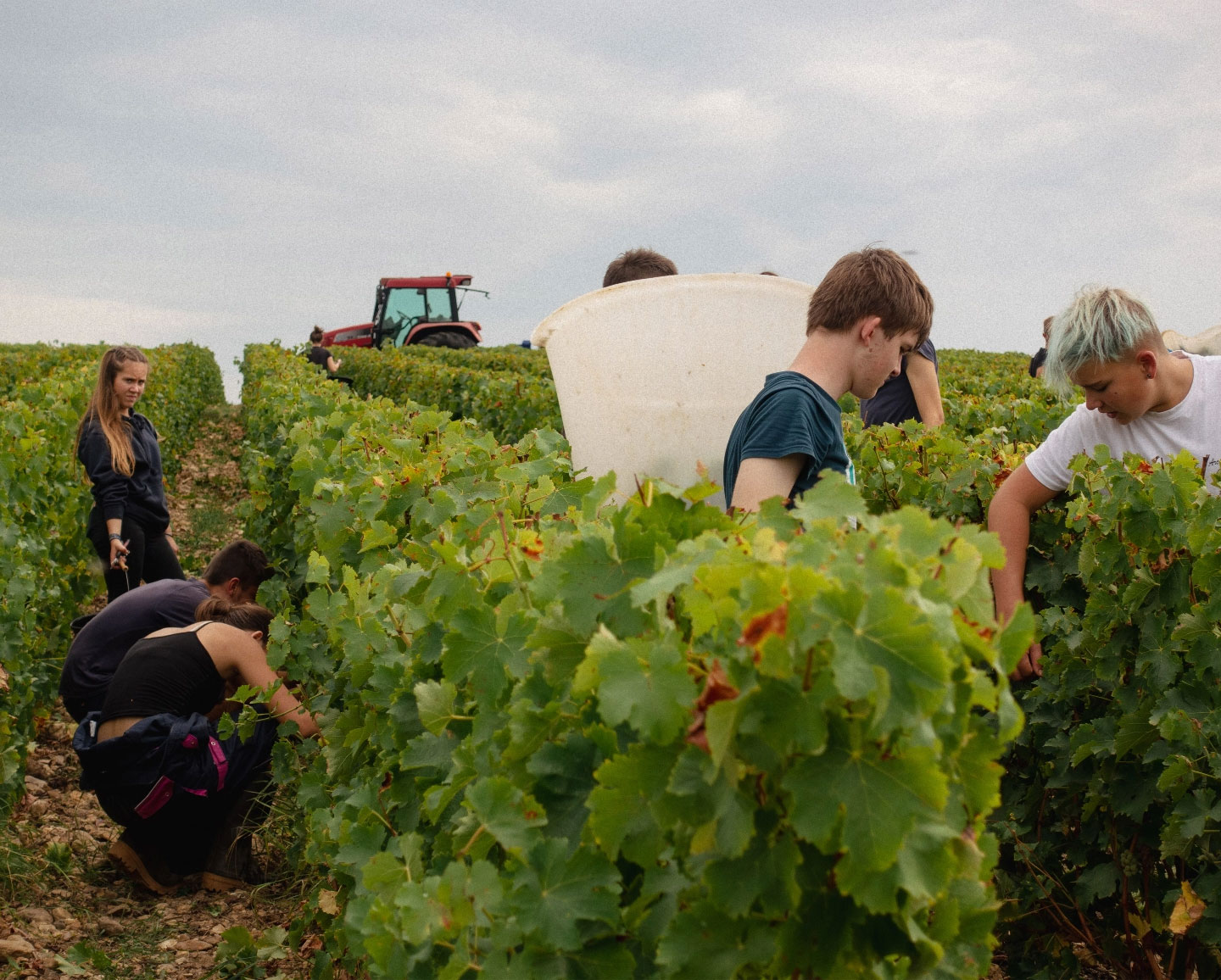




Since the 1930s, more structure has been given to our vineyards and we have never stopped bettering the quality of our wines, developing the polyvalence of the growers and constantly improving on technology.
In 1936, Sancerre was granted the AOC (Appellation d’Origine Contrôlée) for its white wines, marking its first distinction. This was a turning point because it guided the growers in a similar direction and stimulated constructive competition, resulting in quality wines. With the support of its emblematic pioneers and contributors, Sancerre obtained the AOC for its red and rosé wines in 1959.

Over generations of growers spanning several centuries, their passion for their vines and their terroirs has been successfully passed on. This legacy now includes women, who are increasingly involved in a sector that was once reserved for men.
Over the generations, the growers’ enthusiasm and soul have remained constant in the appellation’s villages, and the same conviviality prevails in Sancerre’s vineyards and at our growers’ wineries. Sancerre wines are crafted by our artisan growers who are dedicated to showcasing the best each grape variety and each terroir have to offer and sharing in the pleasure revolving around their wines.


The notoriety of our wines extends to the four corners of the world and their hallmark style is appreciated by top professionals. Such recognition is the fruit of our ongoing quest for excellence, as well as thanks to the vision and commitments of several of our renowned estates, who have elevated the reputation of Sancerre’s wines even higher. Numerous emblematic growers have inspired the young generation in such a way that the Sancerre appellation is exploding with the creativity that is emerging at the dawn of this new era.


The differentiation and individualization of the plots is a longstanding practice in the Sancerre region : as early as the 13th century, walled vineyards were created and given names. In 1482, a plot was given the name of climat de Bois Raffin, which evokes the specificity of its subsoil and exposure in addition to the hallmark of the grower’s work.
If the Sancerre appellation is the archetype of terroir-based viticulture, it also abounds with creativity. Sancerre wines have evolved over generations of growers, allowing their inspiration and the segmentation of their terroirs to shine through.
As terroir artisans, our mission is to unveil all of the terroirs’ potential and have you discover the sublime. Naturally, over the ages, certain plots have stood out for their characteristics and potential. Our in-depth knowledge of these terroirs and plots allows us to go even further in offering you a range that is most representative of all that our vineyards have to express. Thus, with the new generation, the traditional role as conveyors of the terroirs is sure to be perpetuated.
Aware of today’s environmental concerns and tomorrow’s requirements, the appellation’s growers are set on getting the grapes to ripen whilst respecting nature. This voluntarist approach has been in place for several years in the vineyards, and we support environmentally respectful actions. For several years, the regional branch of the Viticultural Federation of Trade Unions has had up a “sustainability” committee, permitting us to work collectively on required environmental actions to be implemented in the wine sector in view of the Centre-Loire’s 2030 plan :
This has led the growers’ collective to organize an annual “Biodiversity Week” in the Centre-Loire region.
Under the supervision of the BIVC (the Centre-Loire’s Interprofessional Wine Bureau), the Sancerre appellation has committed to an environmental charter that serves as a reference document for our growers so that they can be prepared for the future of viticulture.

Striving for excellence and the technical improvement of practices, in the vineyards as much as at the wineries, is an integral part of the appellation’s growers’ history.
Indeed, Sancerre’s vineyards host a perpetual laboratory and our desire for independence drove us to develop our own structures early on to ensure the perennity and cohesion of our vineyards. Our three areas of work focus on :


In 1994, the growers felt it was necessary to have an interprofessional collaborative (BIVC) which, in turn, contributed to the creation of our technical support organization for the Centre-Loire region : the SICAVAC, which was created to replace the INRA (National Institute of Agricultural Research) laboratory and was entrusted with the following missions :
Since 2002, the work of the SICAVAC (especially François Dal and his colleagues) on diseases affecting vines has been extremely precious for local, French and international viticulture. This research was the subject of a book aimed at professionals that was published in 2008. The first edition was revised in 2014, and again in 2022, and is now the reference guide for pruning and fighting against vine disease. Since then, the interprofessional organizations of the Centre-Loire region have not stopped furthering their work and sharing the results of their findings, in particular through many training sessions that are held all over France as well as abroad.



Our research is now carried out by CEPS SICAVAC, SICAVAC’s experimentation centre for vine production and selection, whose objective, in partnership with volunteer nurseries, is to produce top-quality grafted-sealed vine plants. For this collective endeavour, specifications have been established and are complied with by CEPS SICAVAC, the nurseries and the growers.

